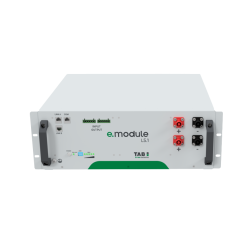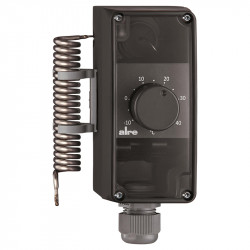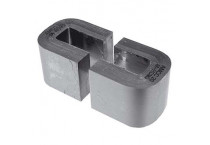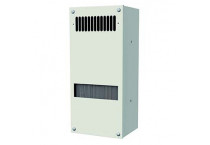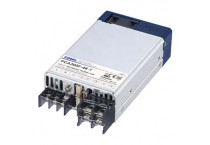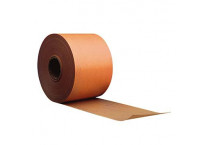L’article présente le parcours allant des bases de l’électronique jusqu’à la création d’appareils plus avancés, en mettant en avant le rôle des kits éducatifs, des composants électroniques et des modules de puissance. Il explique comment les kits à monter soi-même développent des compétences pratiques et comment des alimentations, contrôleurs et éléments de puissance bien choisis permettent de créer aussi bien des projets amateurs que des solutions proches de l’électronique industrielle.
Composants pour l'électronique de puissance - automatisation industrielle - électronique - génie énergétique - génie électrique
Fournisseurs
Voir tous les fournisseurscatégories de produits
Voir toutes les catégoriesDerniers articles
-
Éclairage industriel LED vs traditionnel – différences, avantages et défis pour les halls de production modernesRead more
L’article présente les principales différences entre l’éclairage industriel LED et les sources lumineuses traditionnelles, comme les lampes au sodium ou au mercure. Il examine les paramètres essentiels influençant le travail dans les halls de production – efficacité énergétique, durée de vie, qualité de la lumière, coûts d’exploitation et aspects écologiques. Il met en avant le rôle croissant de la technologie LED dans la modernisation des installations industrielles, ainsi que les avantages de son utilisation et les situations où les lampes traditionnelles peuvent encore être employées. L’article montre pourquoi les LED deviennent la norme dans les usines et entrepôts modernes.
-
Transformation industrielle et énergétique – comment l’électronique de puissance impulse une nouvelle ère technologiqueRead more
Cet article montre comment l’électronique de puissance est devenue un moteur clé de la transformation énergétique et industrielle moderne. Il décrit son rôle dans l’intégration des énergies renouvelables, le stockage et la conversion de l’énergie, la stabilisation du réseau et l’automatisation des processus industriels. Le texte présente à la fois les applications actuelles des technologies d’électronique de puissance et leurs perspectives de développement, soulignant leur importance pour le développement durable, la numérisation des infrastructures et la mise en œuvre de l’Industrie 4.0.












